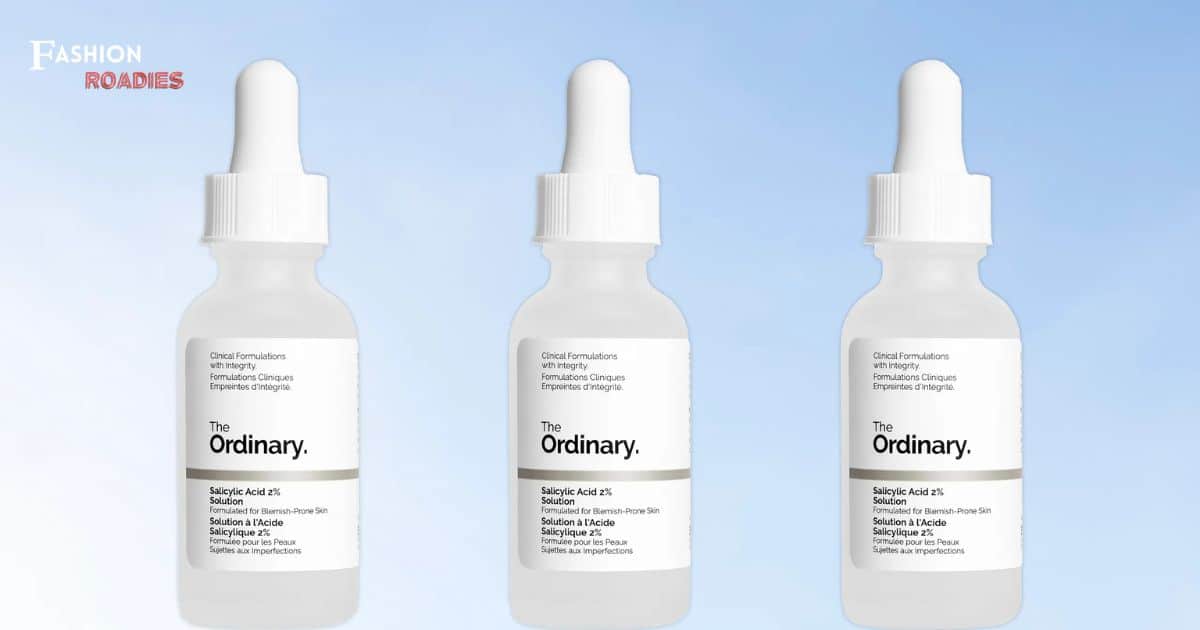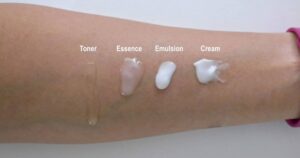In the realm of skincare, one ingredient stands out for its remarkable efficacy: salicylic acid. Dubbed as the “skin savior,” this compound boasts a multitude of benefits that cater to the needs of acne-prone individuals. With its anti-inflammatory properties and ability to exfoliate dead skin cells, salicylic acid effectively unclogs pores, balances oil production, and improves overall skin texture. Join us as we delve into the depths of this scientific wonder, unraveling the mysteries of salicylic acid’s prominent role in skincare.
Key Takeaways
- Salicylic acid is effective in treating acne as it exfoliates the skin, unclogs pores, and prevents the formation of acne.
- It has anti-inflammatory properties that reduce redness and swelling, making it beneficial for acne and inflammation-related skin issues.
- Salicylic acid effectively exfoliates dead skin cells, promotes a smoother complexion, and helps unclog pores to prevent acne breakouts.
- It regulates sebum secretion, manages oily skin, and improves overall skin texture by refining pores and stimulating the production of new skin cells.
Treating Acne
Salicylic acid is commonly used in skin care for its effectiveness in treating acne. Acne is a common skin condition that affects many individuals, and there are various acne treatment options available in the market. Salicylic acid is one of the most popular and widely used ingredients in these treatments. It works by exfoliating the skin and unclogging pores, which helps to prevent the formation of acne. Additionally, salicylic acid has anti-inflammatory properties that can help reduce redness and swelling associated with acne breakouts. While there are natural remedies for acne available, salicylic acid offers a scientifically proven solution that is trusted by professionals. Transitioning into the next section, reducing inflammation is another important aspect of acne treatment.
Reducing Inflammation
In addition to its effectiveness in treating acne, salicylic acid also plays a crucial role in reducing inflammation in the skin. When applied topically, salicylic acid penetrates the skin and exfoliates the surface, unclogging pores and preventing the buildup of dead skin cells. This exfoliating action helps to reduce redness and soothe irritation, making it an excellent ingredient for those with sensitive or inflamed skin.
Salicylic acid works by inhibiting the production of certain chemicals in the body that contribute to inflammation. It also has anti-inflammatory properties that help to calm and soothe the skin. By reducing redness and inflammation, salicylic acid helps to create a more even and balanced complexion.
To better understand the benefits of salicylic acid in reducing inflammation, consider the following table:
| Benefits of Salicylic Acid in Reducing Inflammation |
|---|
| Reduces redness |
| Soothes irritation |
| Calms and balances the skin |
Exfoliating Dead Skin Cells
When incorporated into skincare routines, salicylic acid effectively exfoliates dead skin cells, promoting a smoother and more youthful complexion. Exfoliation is an essential step in any skincare routine, especially for those with dry skin. Dead skin cells can accumulate on the surface of the skin, resulting in a dull and rough appearance. Salicylic acid works by penetrating the pores and breaking down the bonds between dead skin cells, allowing them to be easily shed. This process not only reveals fresh and healthy skin underneath but also helps to unclog pores and prevent acne breakouts. Additionally, salicylic acid has anti-inflammatory properties that can soothe irritated skin and reduce redness. By incorporating salicylic acid into your skincare routine, you can effectively exfoliate dead skin cells and achieve a smoother, more radiant complexion.
Unclogging Pores
One effective way to address clogged pores is by incorporating salicylic acid into your skincare routine. Salicylic acid is a beta hydroxy acid (BHA) that works by penetrating the pores and exfoliating the inner lining. This helps to remove dead skin cells, oil, and debris that can clog the pores and lead to blackheads and acne breakouts. Salicylic acid has the ability to dissolve the keratin plugs that form within the pores, allowing for effective pore cleansing and blackhead removal. By regularly using skincare products containing salicylic acid, you can help prevent the buildup of dead skin cells and excess oil, promoting clearer and smoother skin. As we move forward, we will explore how salicylic acid also plays a role in balancing oil production.
Balancing Oil Production
The role of salicylic acid in balancing oil production is crucial for maintaining healthy skin. Salicylic acid helps regulate sebum secretion, which is the natural oil produced by our skin. By managing oily skin, salicylic acid helps prevent clogged pores and the formation of acne. Here are three ways salicylic acid helps in balancing oil production:
- Salicylic acid exfoliates the skin, removing dead skin cells and unclogging pores. This allows the excess oil to flow freely and prevents it from building up on the skin’s surface.
- Salicylic acid has anti-inflammatory properties, which help reduce redness and swelling associated with oily skin.
- Salicylic acid controls the production of sebum, preventing excessive oiliness and promoting a more balanced and healthier complexion.
Improving Skin Texture
To enhance the overall texture of the skin, salicylic acid works by promoting exfoliation and encouraging cell turnover. This helps in refining pores and minimizing roughness, resulting in smoother and softer skin. Salicylic acid, a beta hydroxy acid (BHA), penetrates the skin and dissolves the bonds that hold dead skin cells together. By exfoliating the outermost layer of the skin, it helps to unclog pores and remove impurities, such as excess oil and debris. This promotes a more even skin texture and reduces the appearance of roughness. Additionally, salicylic acid stimulates the production of new skin cells, leading to a fresher and more youthful complexion. Incorporating salicylic acid into your skincare routine can effectively improve skin texture, leaving you with a clearer, smoother, and more radiant complexion.
| Benefits of Salicylic Acid in Improving Skin Texture | ||
|---|---|---|
| Promotes exfoliation | Refines pores | Minimizes roughness |
Frequently Asked Questions
Can Salicylic Acid Be Used on Sensitive Skin?
Salicylic acid may cause sensitivity on some individuals with sensitive skin. For those who cannot tolerate salicylic acid, alternative options such as gentle exfoliants with fruit enzymes or lactic acid may be more suitable.
What Are the Potential Side Effects of Using Salicylic Acid?
Salicylic acid, commonly used in skincare, may have potential side effects such as skin irritation and potential allergies. It is important to be aware of these risks and consult with a professional before use.
How Long Does It Take for Salicylic Acid to Show Results?
Salicylic acid, with its well-documented efficacy, offers numerous benefits for acne-prone skin. When used in skincare, it can take several weeks to show visible results as it gradually unclogs pores, reduces inflammation, and improves overall skin texture.
Can Salicylic Acid Be Used in Combination With Other Skincare Ingredients?
Combining salicylic acid with other active ingredients in a skincare routine can be effective, but caution must be exercised to avoid potential irritation or adverse reactions. Best practices include patch testing and gradually introducing new products to the routine.
Is Salicylic Acid Safe to Use During Pregnancy or While Breastfeeding?
Salicylic acid should be avoided during pregnancy and breastfeeding due to its potential effects on hormonal changes. However, there are alternative ingredients, such as glycolic acid or lactic acid, that can be used to address skin concerns during this time.
Conclusion
In conclusion, salicylic acid plays a crucial role in skincare due to its various benefits. It effectively treats acne by reducing inflammation, exfoliating dead skin cells, and unclogging pores. Additionally, it helps balance oil production, resulting in improved skin texture. Its scientific properties make it a valuable ingredient in skincare products. Like a gentle breeze clearing away debris, salicylic acid sweeps away impurities, leaving behind a refreshed and rejuvenated complexion.










